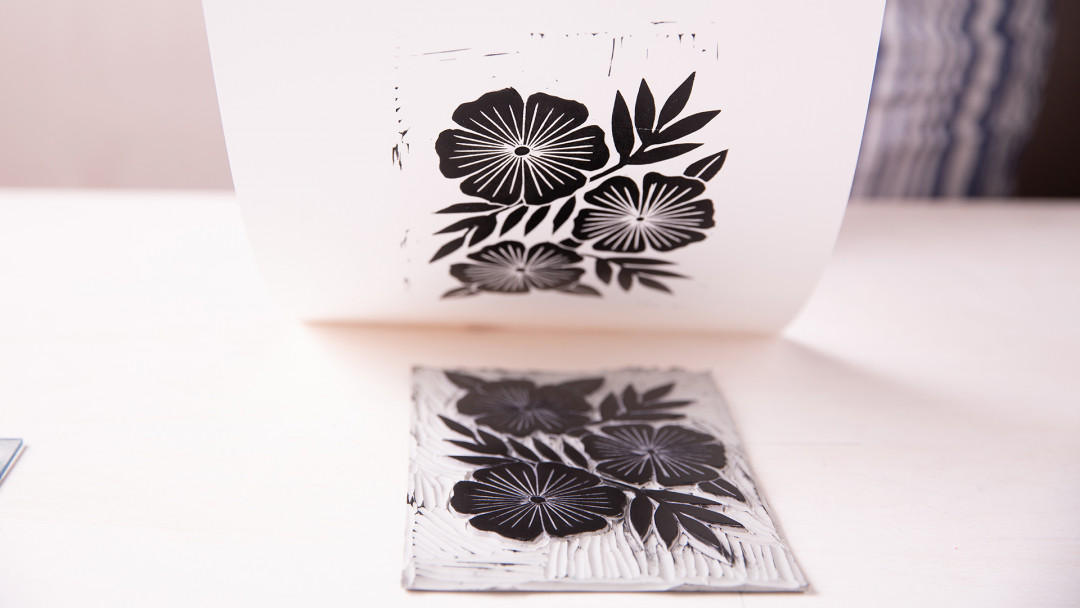Introduction
Printmaking is a fascinating art form that allows artists to create multiple copies of their work from a single plate. It involves various techniques like relief, intaglio, lithography, and screen printing.Loranocarter+Phoenix Printmaking can be a wonderful addition to your art curriculum, and in this blog post, we’ll introduce you to 9 printmakers that you and your students will love.
Katsushika Hokusai
Katsushika Hokusai was a Japanese artist who is best known for his woodblock print series, Thirty-six Views of Mount Fuji. His work is characterized by his use of bold lines, vivid colors, and intricate details. Hokusai’s prints are a great example of the traditional Japanese printmaking technique known as ukiyo-e, which translates to “pictures of the floating world.” His work is a great starting point for introducing your students to Japanese art.
Albrecht Dürer
Albrecht Dürer was a German artist who is considered one of the greatest printmakers in the history of art. He is best known for his engravings and woodcuts, which are highly detailed and exhibit a remarkable level of technical skill. Dürer’s prints often feature religious and mythological subjects, as well as landscapes and portraits. His work is a great example of the Northern Renaissance style, and it can be a great source of inspiration for your students.
Mary Cassatt
Mary Cassatt was an American artist who is best known for her impressionist paintings and prints. She was a great admirer of Japanese art, and her prints often feature everyday scenes of women and children. Cassatt’s prints are characterized by their soft colors and delicate lines, and they are a great example of the color printing technique known as aquatint. Her work can be a great starting point for introducing your students to impressionism.
Competitive swimming is one of the fastest growing sports in the United States. The competitive swimmer is a serious competitor who trains hard and expects to win, but it’s also fun! In this guide we’ll explain what competitive swimming
Francisco Goya
Francisco Goya was a Spanish artist who is best known for his etchings and aquatints. His prints often feature social and political commentary, and they are characterized by their dark, haunting imagery. Goya’s work is a great example of the Romantic style, and it can be a great starting point for discussing the relationship between art and politics.
Henri Matisse
Henri Matisse was a French artist who is best known for his colorful paintings and prints. He was a master of the linocut technique, which involves carving a design into a block of linoleum and printing it onto paper. Matisse’s prints often feature abstract shapes and bold colors, and they are a great example of the Fauvist style. His work can be a great source of inspiration for teaching color theory.
Pablo Picasso
Pablo Picasso was a Spanish artist who is considered one of the greatest artists of the 20th century. He was a master of many techniques, including printmaking. His prints often feature abstract shapes and figures, and they are a great example of the Cubist style. Picasso’s work can be a great starting point for discussing the relationship between art and society.
Its simple yet addicting gameplay has captured the hearts of millions of players worldwide. However, what if there was a new version of Tetris that added a new twist to the gameplay? That’s where Lumpty Tetris comes in. Developed by a small indie studio, Lumpty Tetris
Kathe Kollwitz
Kathe Kollwitz was a German artist who is best known for her prints and sculptures. Her work often dealt with social and political issues, and her prints are characterized by their bold, expressive lines. Kollwitz’s work is a great example of the Expressionist style, and it can be a great starting point for discussing the role of art in society.
Andy Warhol
Andy Warhol was an American artist who is best known for his pop art prints. He was a master of the screen printing technique, which involves creating a stencil and using it to print an image onto paper or fabric. Warhol’s prints often feature images of celebrities and everyday objects, and they are a great example of the pop art style. His work can be a great source of inspiration for teaching about consumer culture.
Yinka Shonibare
Yinka Shonibare is a British-Nigerian artist who is best known for his prints, sculptures, and installations. His work often deals with issues of race, identity, and globalization, and his prints are characterized by their vibrant colors and patterns. Shonibare’s work is a great example of the contemporary printmaking scene, and it can be a great starting point for discussing the role of art in contemporary society.
Conclusion
Printmaking is a fascinating art form that can be a great addition to your art curriculum. Introducing your students to the work of these 9 printmakers can be a great way to inspire their creativity and teach them about different techniques and styles. Whether you’re teaching traditional printmaking techniques or exploring new digital technologies, printmaking can be a fun and engaging way to teach your students about the world of art.



